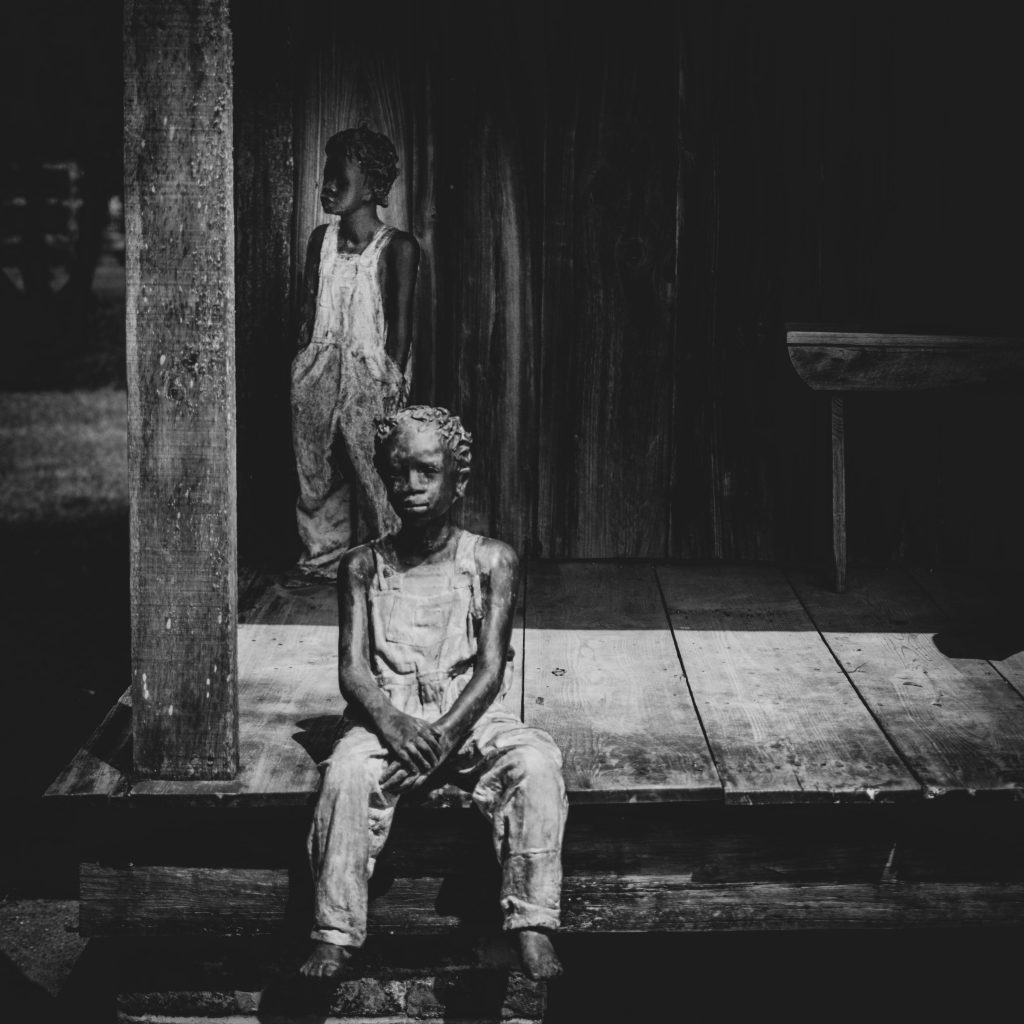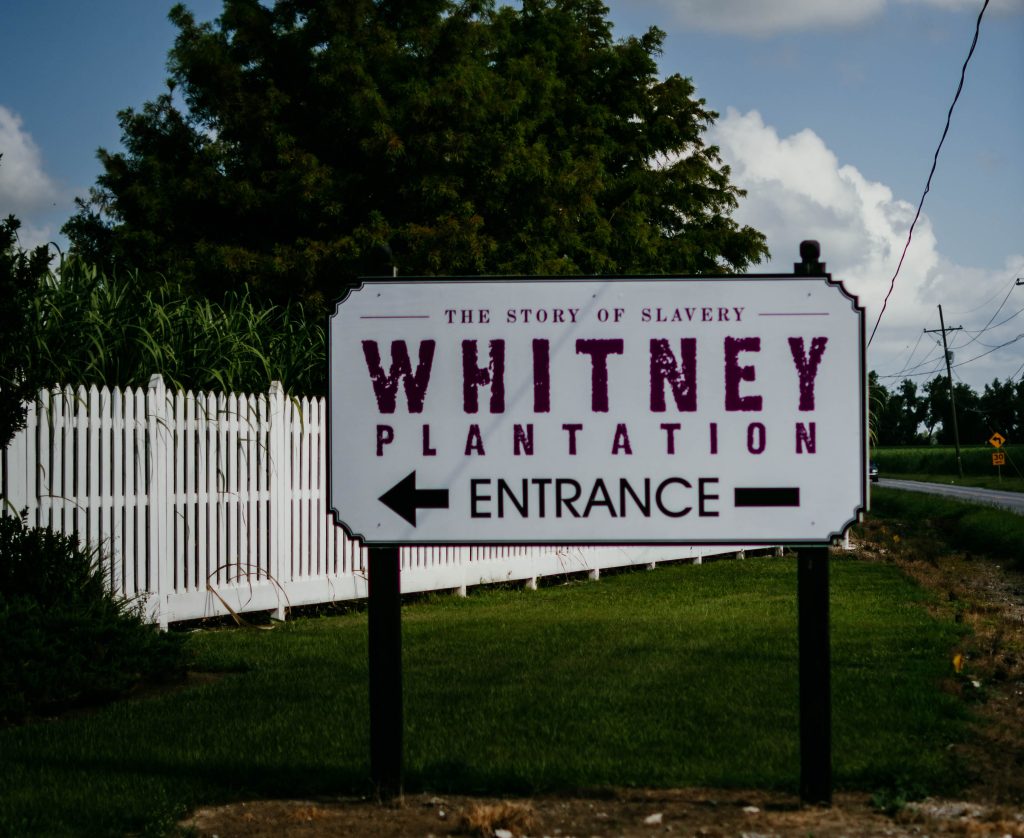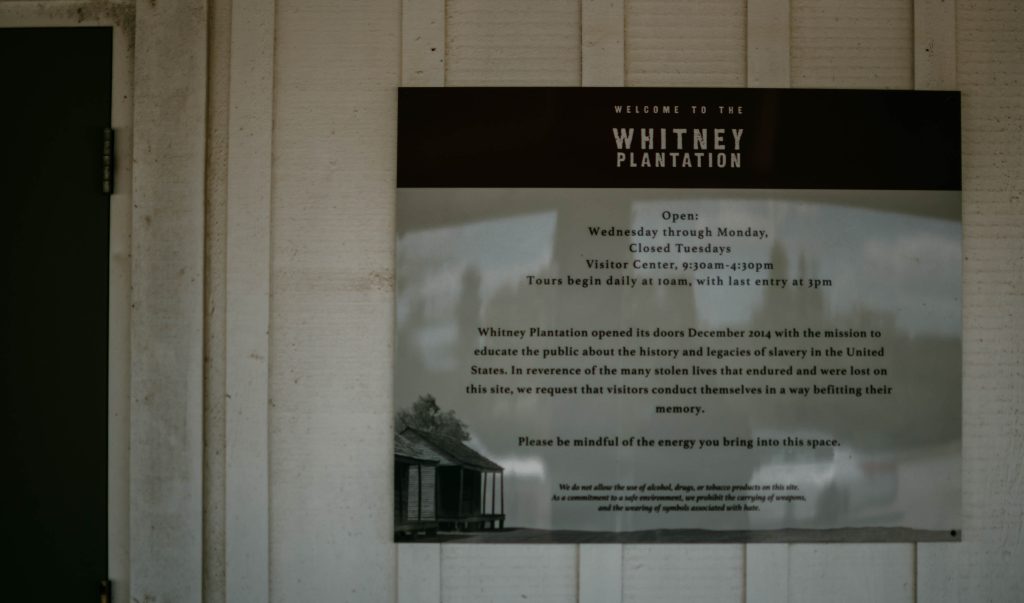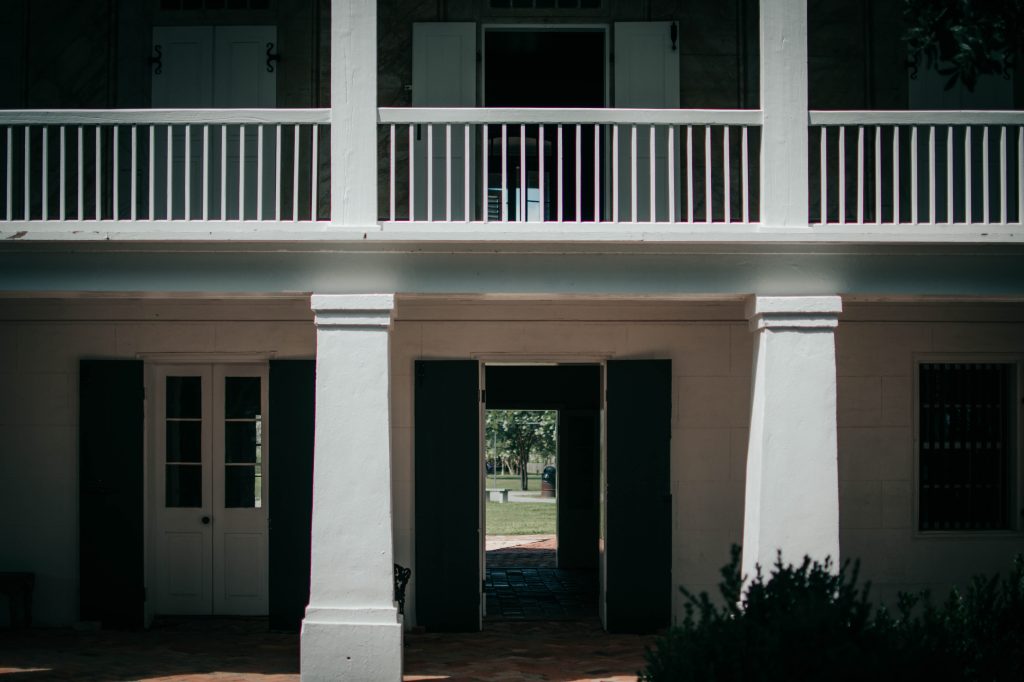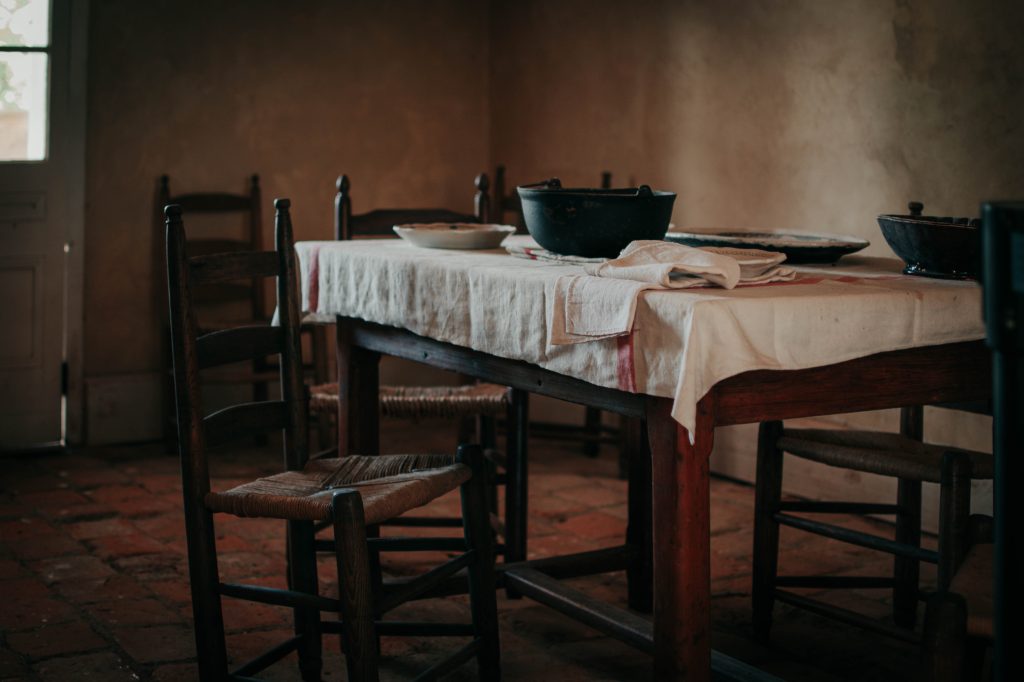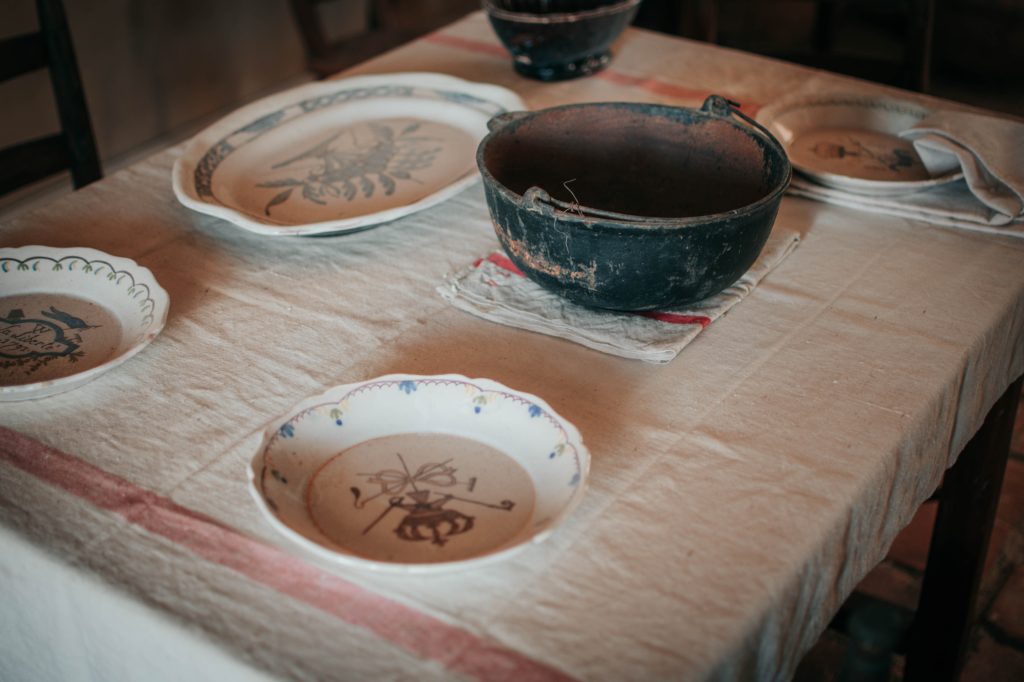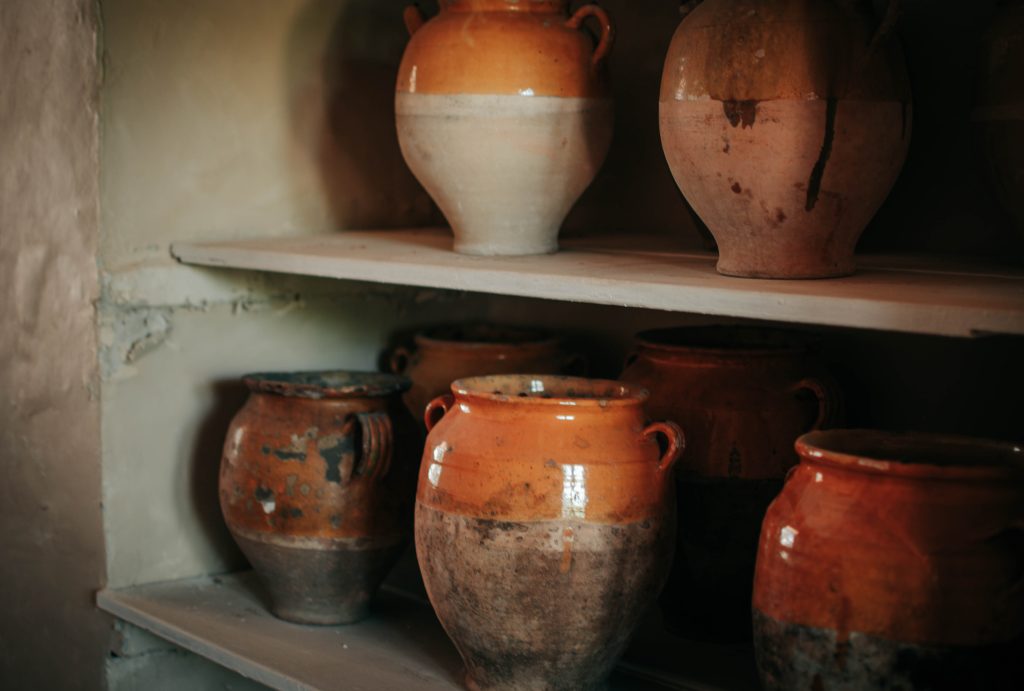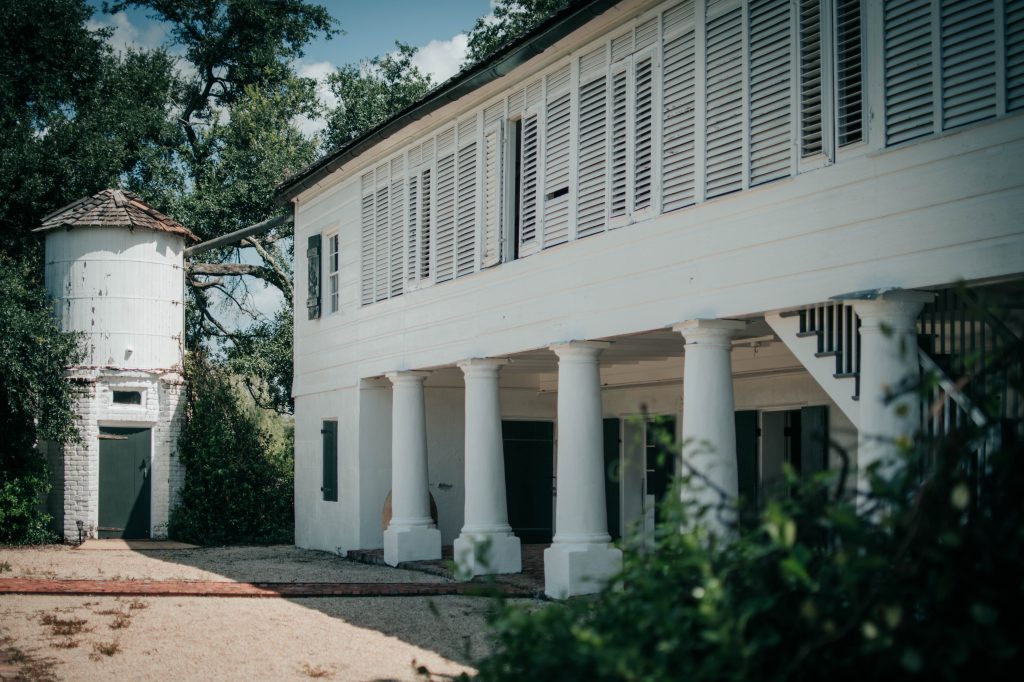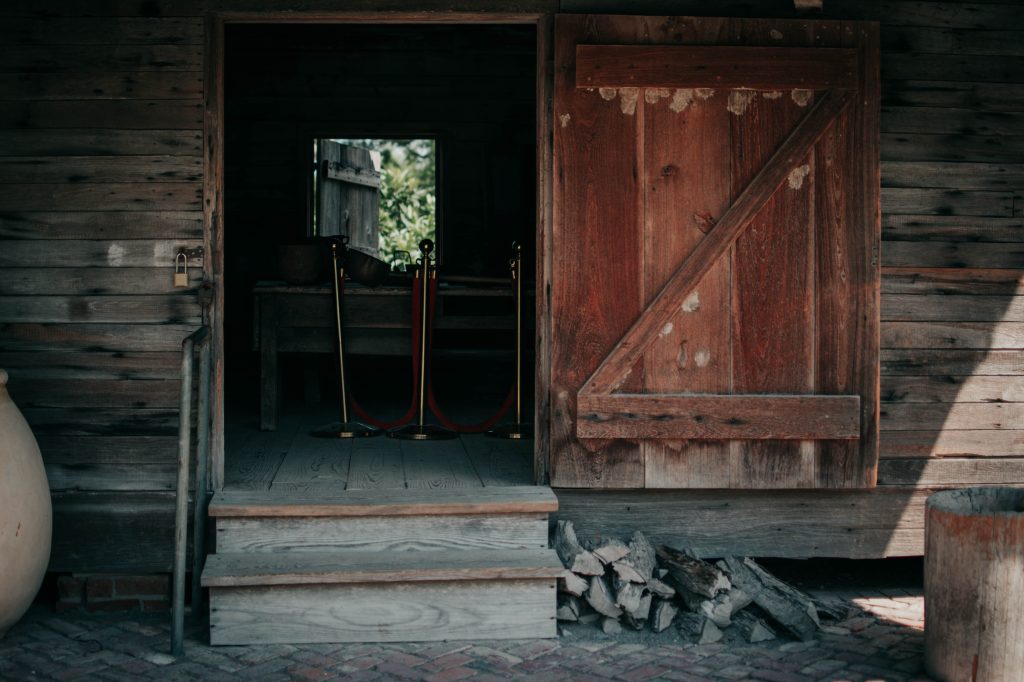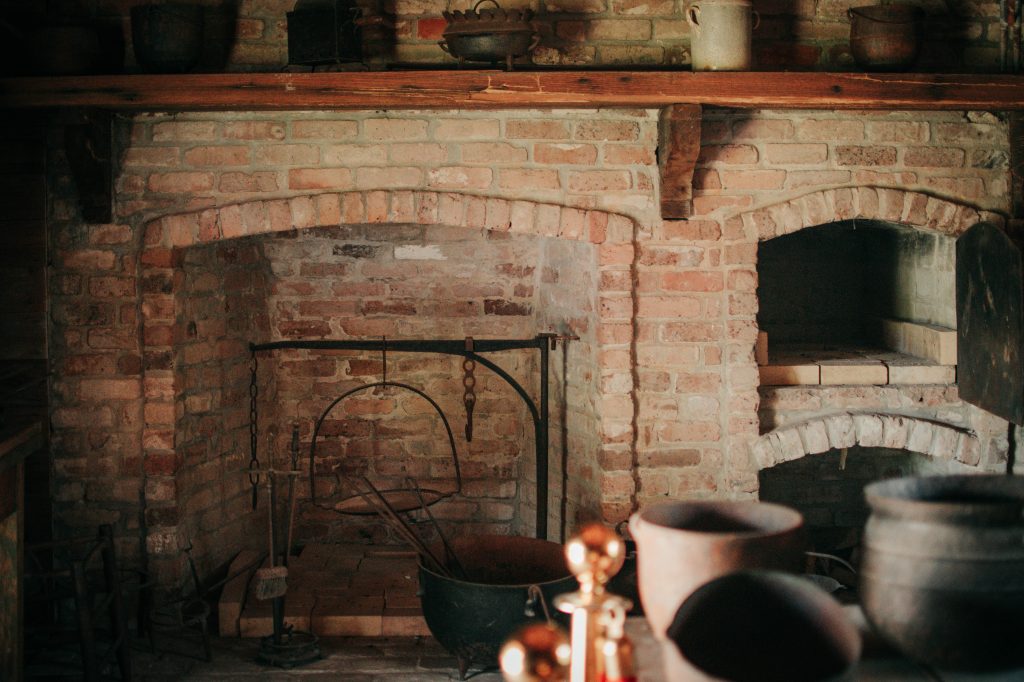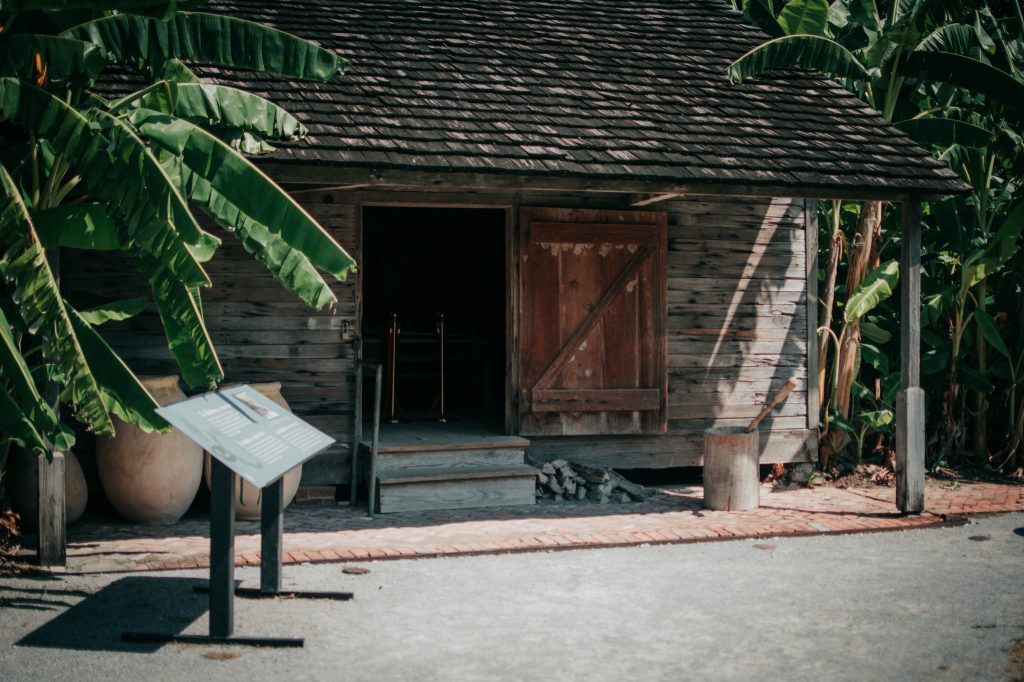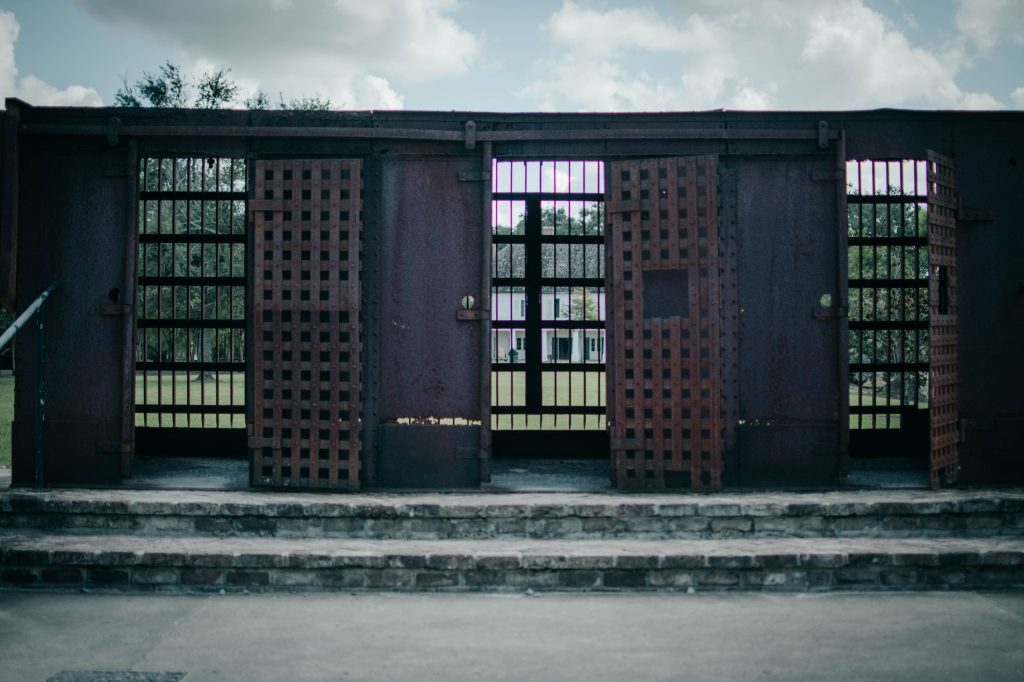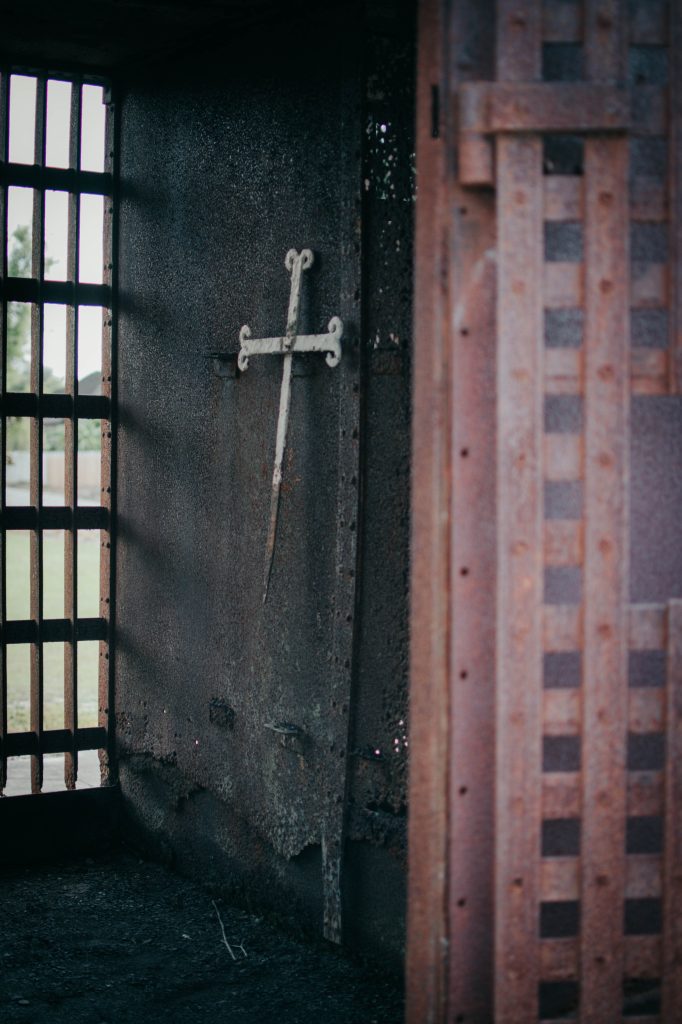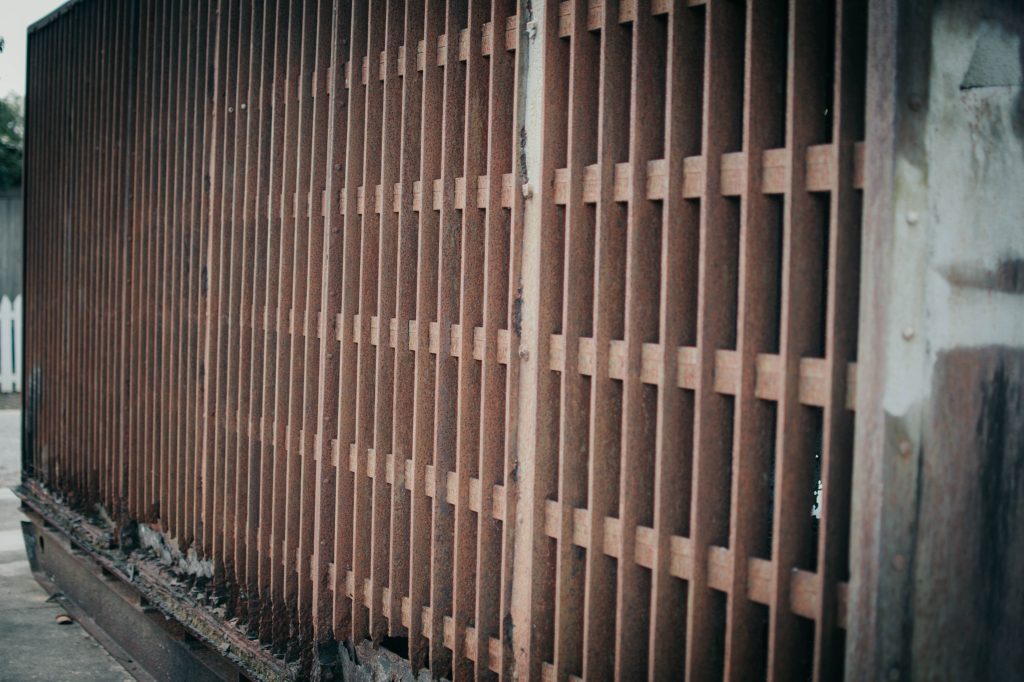I’m not sure how or when I heard about the Whitney Plantation, but I do remember making a mental note that I wanted to visit. I vaguely remember reading {or hearing} about damage that had been done to the plantation as a result of Hurricane Ida, so I figured we’d best visit soon. Side note: many of the exhibits were closed due to damage/remodeling.
I talked to The Hubs to see if he had anything planned for this weekend, he didn’t so I scheduled a tour.
The tour was intense. I had to physically restrain myself from running my fingers across the walls and the floors. I’m not sure what I thought I would feel but I wanted them to know that I respect them and acknowledge the things they had to do to survive.
ABOUT THE WHITNEY PLANTATION
The Whitney Plantation is located in Edgard, Louisiana, and has the distinction of being the only former plantation site in Louisiana that focuses on slavery. Originally known as Habitation Haydel, the Whitney Plantation was founded in 1752 by Ambroise Haydel, one of many German immigrants who colonized the river parishes in the 18th century. Habitation Haydel remained with his family until 1860, when it was sold to businessman, Bradish Johnson, who renamed it Whitney in 1867.
The museum was founded by John Cummings, a trial attorney from New Orleans. Cummings spent $8 million of his own money to restore the property and transform it into a historic site.
We took the Self Guided Tour, which consisted of us walking the grounds and listening to audio recordings by historians. The tour is outdoors, which is no small feat in the hot Louisiana sun. In some ways, it was fitting. Although we can never fully understand the experiences of the enslaved people on the plantation, feeling the heat and walking the grounds, was – in a word – intense.
Follow The Whitney Plantation on social media: Facebook, Instagram, and Twitter. The Whitney Plantation recently launched a podcast as well, check it out here.
The Big House ca. 1790
The Big House was built by the enslaved people who lived on this land. While the exterior of the Big House looks large, the rooms were small with brick floors. As I passed through the rooms, I tried to imagine what it must have been like to work in this space and know that your life is controlled by the whims of another. I imagined the women working to feed and clothe children, while their own went hungry, and my heart ached. People mistakenly believe that the lives of those who worked in the Big House was easy, but it wasn’t {no one’s life was easy}. Slaves who worked inside were unable to escape the direct gaze of the white people who owned them.
The Kitchen ca. 1830-1850
A few feet from the Big House stands the kitchen. The room is small and claustrophobic. Stuffy, without a fire burning in the fireplace, it had to have been suffocating when in use. How hot the enslaved cooks must have been and how hungry — preparing food they’d never eat.
The Jail ca. 1870-1890
This was probably one of the cruelest fixtures on the plantation. This metal building with small enclosures served as the plantation jail. Can you imagine touching the sides or the bars of this building in the hot Louisiana sun?
My Thoughts
It’s hard for me to put into words what I felt while walking the grounds of this place that holds so much trauma. I had to resist the urge to run my hands across the walls and get down on my hands and knees to touch the floors. I wanted, in some way, to soothe the hurt that had taken place there so long ago… I didn’t want to talk on the tour and am actually happy that we opted to listen to the recording rather than to have a tour guide. I needed the time to acknowledge the names that were etched into the monuments and I wanted to absorb the stories of the people who lived and died on those grounds.
There were two things that brought me to tears: the statues of the children and the monument to the slaves who were decapitated after the January 8th-10th uprising. I know that children lived on the plantations but seeing the life-sized sculptures was sobering. And seeing the heads on the spikes as a warning to the other slaves was just — the absolute cruelty and barbarism is unimaginable. I thought about the family and friends who had to see their loved ones on those spikes; how did it not break them?
My biggest takeaway from the experience is that these people didn’t just survive, but they thrived under the most brutal of circumstances. Their strength is in the faces of their descendants who work the plantation grounds now. I want to go back for a second tour, with a tour guide. I want the opportunity to talk to the people who work on site and hear the stories in the voices of the descendants and those who are knowledgeable about the space.
Please come back to see more images from our tour, or you can see the entire collection of pictures here.
THANK YOU
Thank you for stopping by my blog. I hope you enjoyed this post and learned something new. If you like what you read, please consider sharing this post on Facebook or Twitter. You can also share on Pinterest. While I pay for many of the items I share on this blog out of my own pocket, some items are gifted to me {I always disclose those items}.
Cheers,
LET’S CONNECT

